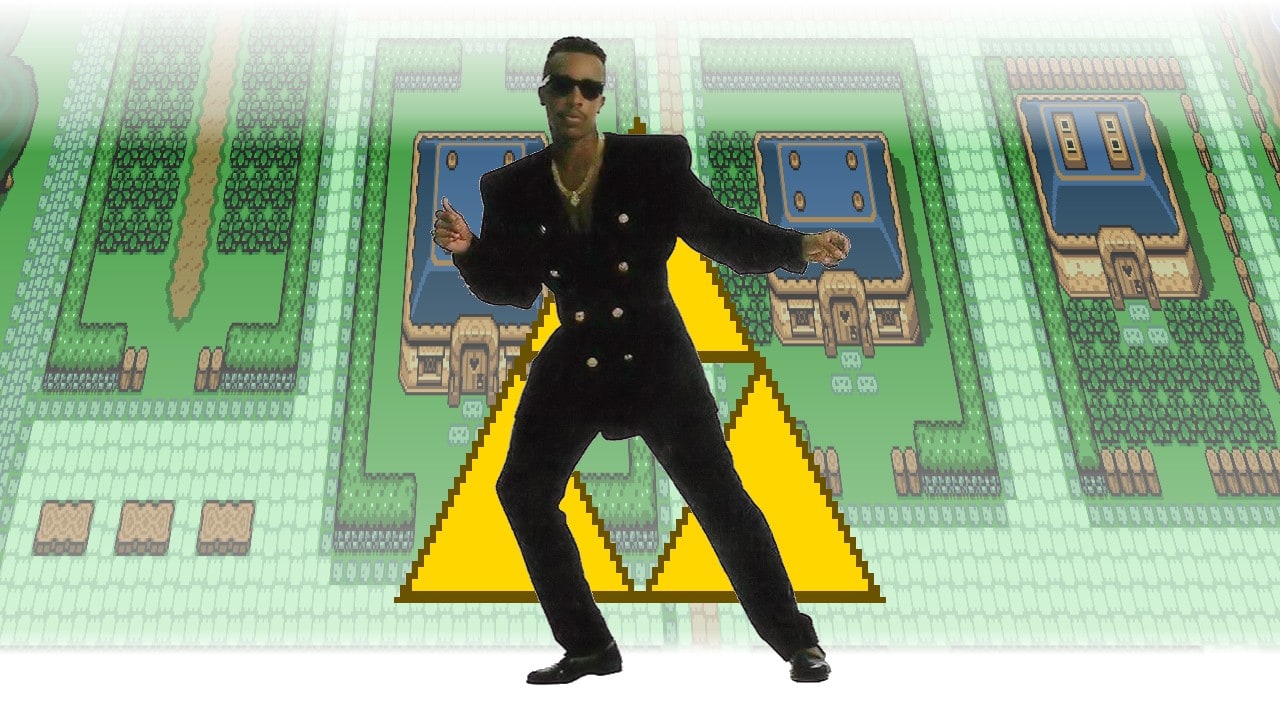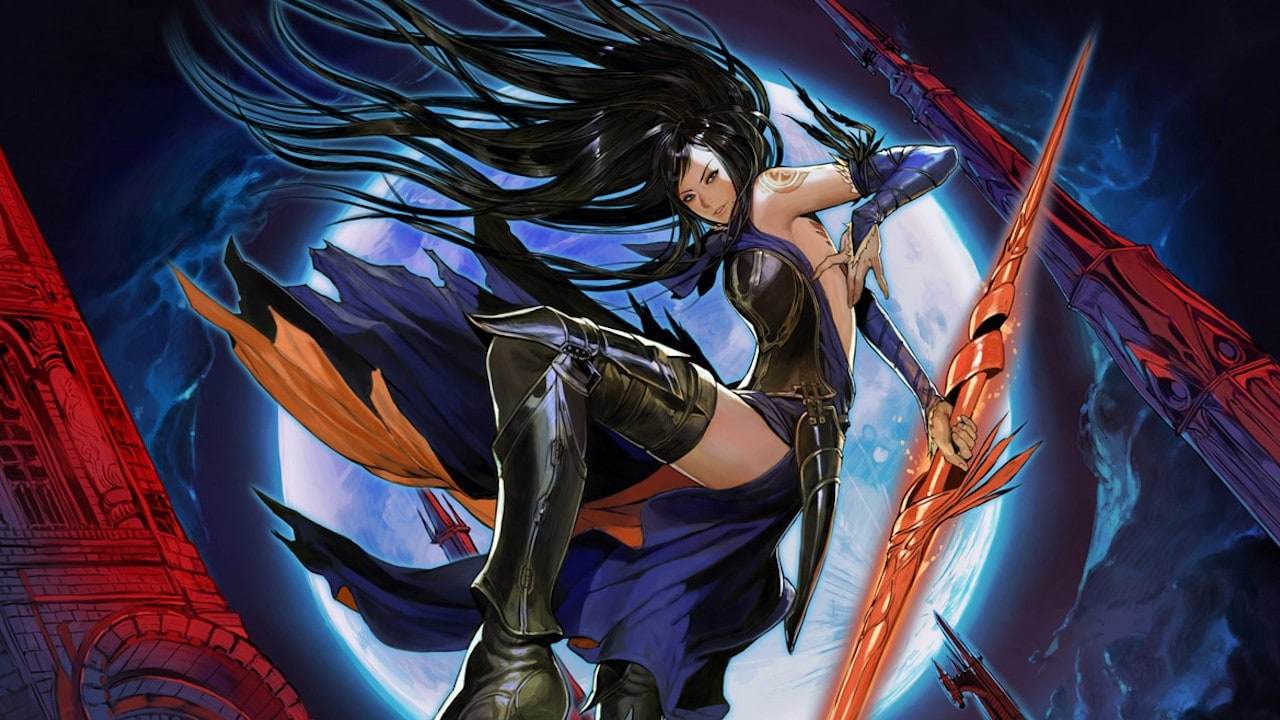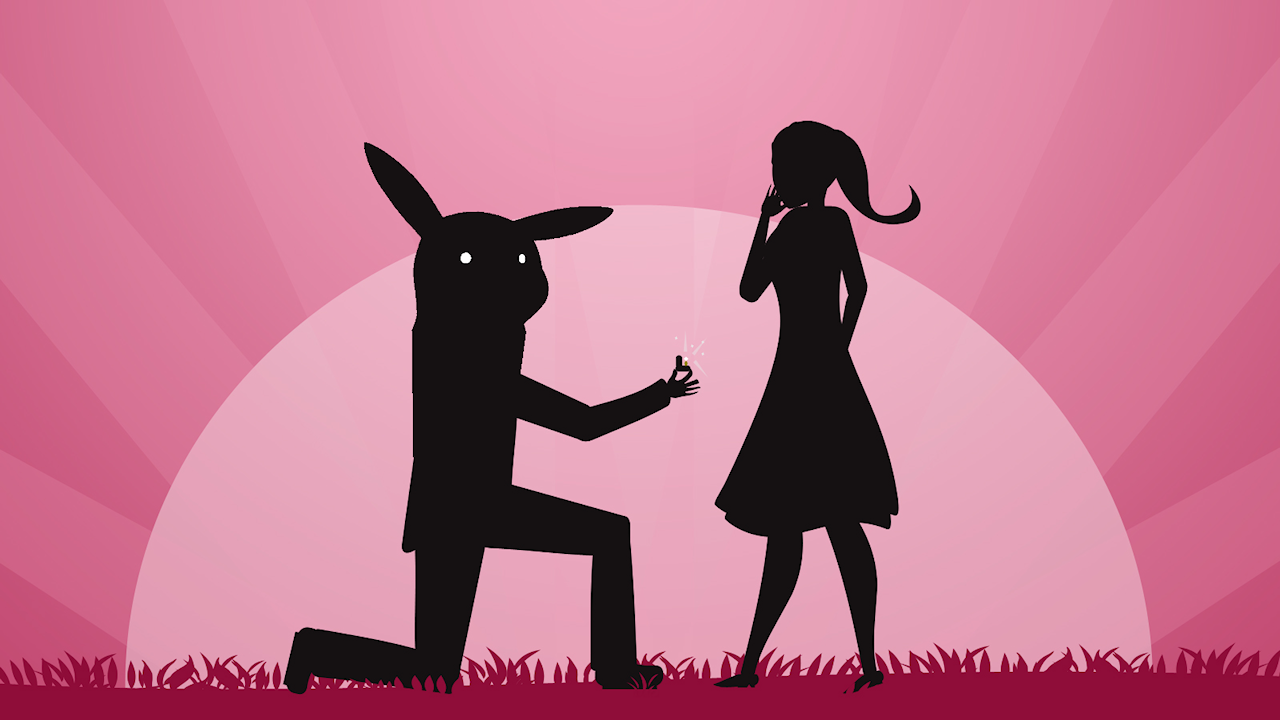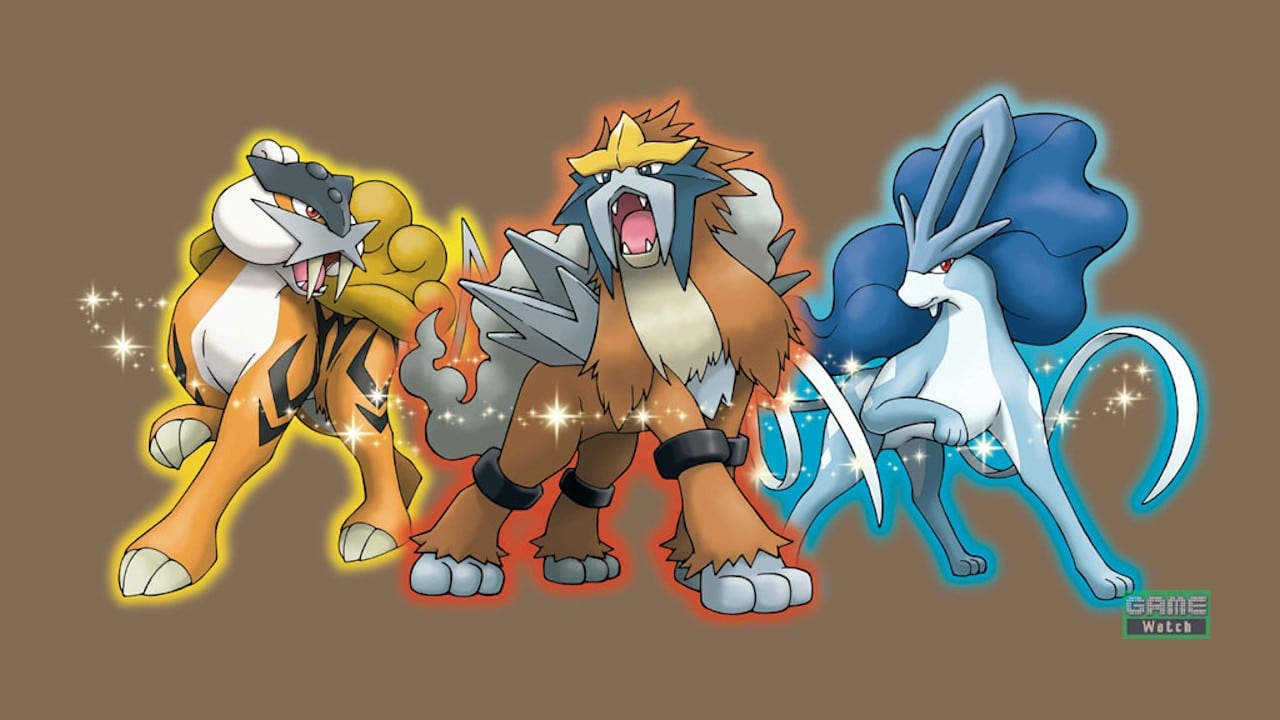Moria
Developed by Kevet Duncombe and Jim Battin for the PLATO system at the University of Illinois at Urbana-Champaign
Development started in 1975. Copyright dates listed as 1978 and 1984.
Played today through the efforts of
Cyber1.
Date Started: 04 November 2013
Date Ended: 05 November 2013
Total Hours: 6
Difficulty: Moderate (3/5)
Reload Count: 4 (characters played)
Final Rating: (to come later)
Ranking at Time of Posting: (to come later)
It's about time I wrapped up my coverage of
the earliest CRPGs that I started a couple of years ago with
The Dungeon (AKA
pedit5, 1975) and continued with
The Game of Dungeons (AKA
dnd, 1975) and
Oubliette (1978). There are three more of these pioneering CRPGs left to review:
Moria (1975),
Orthanc (1978), and
Avatar (1979). These games are collectively responsible for setting the direction of computer role-playing games for decades, by influencing the students who would go on to become the developers of the first commercial RPGs.
In contrast to the other games being developed concurrently in 1975, which were both top-down, iconographic affairs that would inspire the
DND/
Telengard line,
Moria is a first-person game in which the players navigate a series of wireframe mazes (shown in a tiny window) to slay enemies and collect treasure. We recently had a discussion about the extent to which the developers of
Wizardry had borrowed from
Oubliette. Well, we need not feel too bad for the latter, because they clearly adapted much of their game from
Moria. (Though we have to be careful, as the game underwent continuous development until 1984; it's not possible now to know what the first version looked like.)
 |
| A late game screen shot. Chester has encountered a witch on Level 1 of the "Caves" dungeon. You can see his active spells, equipment, and supplies on the left and his skills on the right. |
If
Moria wasn't quite the first computer role-playing game, it was nonetheless unique in that it wasn't based on
Dungeons & Dragons. According to author Kevet Duncombe (in a
2007 interview with Matt Barton), neither he nor co-author Jim Battin were even aware of the existence of D&D when they began programming
Moria, nor had Duncombe read
The Lord of the Rings. Instead, they were inspired by the stories that the authors of
The Game of Dungeons told of their development woes and decided to see what they could do with the same concept.
The game really does feel like something written by someone who had heard about D&D through the filter of another game. There are four attributes, but they're not quite like anything derived from D&D: cunning, piety, valor, and wizardry. Each exists on a scale of 0-100 rather than 3-18, and they actually increase with use--a mechanic that until now I thought appeared for the first time in Eamon. There is otherwise no experience or leveling. "Vitality" replaces hit points and magic points. All items are called "weapons," even armor.
If any of these characteristics feel a bit odd to those used to the D&D paradigm, they are completely overshadowed by the game's innovations. In Moria, we have a lot of firsts: first to require food and water; first to allow dual-wielding; first to assign offensive and defensive ratings to weapons; first to segregate arcane and priestly magic; first to deal with secret doors by having players walk through a blank wall; and first in which groups of adventurers could team up and fight monsters together (in teams of up to 10). There are elements that we see no where else, including the ability to establish a camp for storage of excess gold and food, or the way that instead of inquiring about the cost of everything in a shop, you can tell the shopkeeper how much you want to spend, and he'll make suggestions. Perhaps the neatest element in the game is the ability to "tie a string" to a location and later instantly "follow" it when you want to return to safety--sort of a progenitor of the "mark" and "recall" spells used by later games.
There aren't many choices in character creation. You can choose from
among four options, each of which gives a 10 in one skill, 7s in two
other skills, and a 5 in the last one, essentially determining the starting "class" of your character (fighter, thief, priest, mage). Nothing prohibits you from using whatever skills you want after creation, though. Every time you use a skill (successfully or not) by tricking (cunning), attacking (valor), praying (piety), or casting a spell (wizardry), there's a small chance that the skill will increase a point. The chance gets smaller the higher the skill level. I imagine it must be impossible to get up to 100 in one character's lifetime; in about six hours of play, I was able to increase cunning by 10 points, valor by 13, piety by 6, and wizardry by 8.
 |
| Creating a new character on the game's main screen. |
Characters age during the game. You start at the tender age of 13 and can theoretically live to 100 before expiring of old age. (If you don't quit your session after dying of old age, you can pass your items to an "heir"--your next character.) Food and water supplies are measured in months, and one month passes for roughly every 8 minutes of game time, irrespective of the number of moves you make. So a full character's life span is a maximum of 139 hours.
Since
Moria is a persistent universe with other players, there's no "reloading," though you can stop play and save your character at any point by simply logging off. The game remembers his status and position when you log back in. Death, when it occurs, is permanent.
 |
| The fate of my first three adventurers, before I got the hang of it. |
Combat takes place randomly in the wilderness and dungeons (not in the town) with varied enemies such as zombies, swordsmen, evil priests, reapers, orcs, trolls, dragons, devils, and elementals. The game classifies them into several categories--humanoid, undead, magic users, mythical, animals, elementals, clerics, and "lawful"--but I never really noticed a difference in their abilities or power. I could slay dragons and devils at the outset; enemy difficulty is far more dependent on dungeon level than type of foe.
In combat, you have six options: fight, "trick" (get the enemy to drop his guard for an instant kill), pray for divine intervention (including both healing and instant death for the enemy), cast a spell, "evade" (only useful with other players), bribe the monster to leave you alone, and run. Every action but running draws on the probabilities associated with one of your skills. Combat takes place in quasi-"real time" in that enemies will continue wailing on you if you just stand there when your turn comes up.
 |
| Facing a werelioni. Note the combat options at the bottom, including the ability to call for help from other players in the dungeon. |
Both fighting and defending are heavily influenced by the equipment you carry. There are four types of items, all sold in the "weapon" store: weapons, body armor, head armor, and arm armor. Each item has an offensive and defensive rating associated with it, which you can easily assess with the "Inspect" command. (I played the game for a long time before I realized you have to "use" the items you buy and find to equip them. I was wondering why they didn't seem to be doing anything.) Some items require minimum skill scores to use, and if your raise your valor to 30, you can dual-wield weapons.
 |
| This turns out to be an excellent weapon for both offense and defense. |
The magic system is a little primitive, yet still has some interesting spells. Combat spells are paralysis, charm, sleep, dispel magic, and magic missile. Non-combat spells are light (never had a use for it), pass-wall (
very handy when trying to cut through a dungeon), precognition, and protection. There's a separate set of "prayers" (explicitly not called "spells," unlike in D&D) for combat: holy word (when successful, kills enemies instantly), escape, miracle, and "unction" (healing). Outside of combat, you can pray for replenishment of food and water. Spellcasting draws directly from your vitality, so you can't cast too many spells in combat.
 |
| Preparing to cast a spell against an "evil monk." |
The outset of the game, when you have no equipment and little gold to buy it, is quite difficult, and the successful player makes judicious use of the "run" command in combat. But once the skills start to improve and you get hold of some magic items, it becomes much easier--even too easy at times. Vitality replenishes very quickly from just standing around, and monsters don't attack unless you move into their squares, so if you can defeat one combat, you can heal up easily before the next one.
 |
| Finding treasure after a combat. |
By far, the more difficult challenge is navigation. The game consists of a town of 48 x 42 squares, a "wilderness area" (with doors and everything, looking just like the town) of 30 x 36 squares, and four dungeons accessible from the wilderness are: caves, forest, desert, and mountains. Each of the dungeons contains 60 levels about as big as the town. The amazing thing is that all of these levels are fixed--the creators must have used some kind of random process to generate them, but they don't change during or between games. With the sizes involved, mapping is almost a necessity, even with the "string" feature. But can you imagine mapping 242 huge areas?
 |
| My map of the "wilderness" area. It hardly makes sense to map the town since there are no encounters there. Once you know where to find the stores and guilds, you're all set. |
Of course, the 242 areas are bereft of any NPCs or special encounters. We're not quite at that era yet. Instead, we get increasingly difficult monsters as we move down the levels. (The game remembers monster placements, too, such that if one character is killed by a monster, he'll still be there when you reload.) The lower the level, the harder the monster, the bigger the treasure, the higher the score for each haul. The explicit goal in the game is to achieve as high a score as possible and impress all your friends. The scoreboard lists the highest scoring player as "Quebec" with an amazing 8,590,248. I can't imagine the dedication that went into that score. In my six hours, I only achieved 448 points.
 |
| But I made the monthly record! |
Of course, I missed out on a huge part of the gameplay by playing by myself; no one else was logged into the game during any of my sessions, and apparently there was only one other player all month. It's amazing to think that the third CRPG ever created was the equivalent of today's MMORPGs, but the fundamentals were all there. You can adventure as a group, with the maps organized into blocks of 6 x 6 squares in which members can move independently before the guide moves everyone to a new block. In combat, you can talk to your party or "whisper" to a single ally. If caught in a dangerous situation, you can "yell" for someone's help (even if you're not in a group), and other players have the ability to immediately respond (across great distances) to assist. Amazing stuff.
With no way to "win," I set a goal for myself to raise my abilities high enough to join a guild. You need 20 points in cunning to get into the thieves' guild, and the same in their respective skills to get into the Union of Knights, the Brotherhood, or the Circle of Wizards. Once you join, you must continue to develop your skills and donate gold to the guild to rise in rank. Each guild comes with some advantage, such as improved combat skills (fighters) or quick teleportation to other areas (mages). After about six hours of work, I had the requisite skills in both valor and cunning, and I ended up joining the Union of Knights.
The game does set a kind-of goal: to find the Reaper's Ring.
Moria's otherwise-excellent documentation is a little hazy here. It says that "the ring starts on Level 1 and moves down a level each time it's found. It may be found on any terrain, so the search may be long and arduous." This suggests to me that when the game was brand new, the Ring was randomly placed on the first level of one of the four dungeons, but it's since migrated downward. Given the number of players over the last nearly-40 years, it seems impossible that it's not on Level 60 somewhere now. Certainly not an achievable goal in any manageable time frame.
Another major goal of the game is to become the master of a guild, which requires 50 in the guild's primary skill. "Master" is the third rank, and going up each rank requries the donation of $5 million, meaning that the player would have to earn $15 million for master level. In six hours of playing, I earned just over $100,000. While I did become mildly addicted to the game--watching the skill points increase incrementally is particularly intoxicating--I don't have that kind of time.
 |
| Do you suppose this means that none of those guilds ever had guildmasters?Or were they removed when their user accounts were deleted? |
A GIMLET score for the game should approximate what I'd give to, say,
Telengard or any other game with a bare bones plot in which the driving goal is the accumulation of wealth, the development of a character to higher levels, and the earning of points. In this case, I gave
Moria:
- 1 point for the game world. You learn the name of the place and that's about it.
 |
| The "game world" as introduced in the documentation. |
- 3 points for character creation and development. The game's approach to the attributes/skills is unique and fun, and I love that guild membership is tied to the development.
- 0 points for NPC interaction. There aren't any.
- 1 point for encounters and foes. The depth of the encounters is shallow and the enemies aren't well distinguished.
- 3 points for magic and combat. Primitive, but quick and fun.
- 5 points for equipment. A great part of the game. Lots of things to wield and wear, either bought from shops or found among slain enemies' treasures. The game makes it easy to evaluate these items, and there are neat little touches like dual-wielding and skill requirements.
 |
| The documentation for the game outlines all the weapons available. |
- 4 points for economy. Earning gold never stops being useful. You need it to rise in guild membership and to buy some of the shockingly expensive items at shops.
 |
| Any chance you have a layaway plan? |
- 2 points for quests. There isn't a man quest, but there are some goals that would be very difficult to achieve.
- 3 points for graphics, sound, and inputs. The graphics are good for the era, especially the little monster icons. No sound, but the keyboard inputs work fine.
- 2 points for gameplay. Though the game is definitely "nonlinear," the enormous dungeon levels, buy not containing anything interesting except combats, ultimately become a bit boring.
I'm going to add 2 points for the cooperative multiplayer options and the game's other innovations, such as the "string," for a
final score of 26. (As it happens, I gave
Telengard a 28, so I was pretty close.) It's an excellent score for such an early game.
 |
| Part of the superb in-game manual |
Every time I play a PLATO game, I'm impressed with the depth of the
programming and the quality of the graphics, especially considering that
they were so early in the development of CRPGs. We have to remember,
though, that PLATO was a powerful multi-million dollar system developed
to handle complex educational lessons and to facilitate collaboration
among students and professors. To accommodate engineering designs and
models, it was capable of intricate vector graphics. The very software
that allowed students to learn together allowed them to venture into
dungeons together. Perhaps more important, it had data storage abilities that absolutely dwarfed what could fit on a tape drive or floppy drive. There was nothing like this power in the personal
computer market for nearly a decade. Think of what the PLATO programmers
could have done if they'd thought of things like NPCs, dialogue, game lore, and
special encounters. Every CRPG lover would be signing up for a Cyber1 account instead of playing the first versions of Wizardry and Ultima.
Oubliette's borrowings from this game (assuming Moria didn't copy Oubliette in a later version) include the WAXD movement keys, the use of a capital "W" to go through a door, the secret door system, the real-time combat approach, and many of the multi-player options, including the use of a leader or "guide." I don't want to overemphasize this, though, because Oubliette introduced greater complexity in the combat, spell, and trap systems. Still, Moria is clearly the origin point for many of the elements we saw well into the Wizardry series, and I'm glad I got to experience it. Let's return to the modern era with Legend of Faerghail.
 MC Hammer in a Zelda Game? Vanilla Ice in a Japanese RPG?
MC Hammer in a Zelda Game? Vanilla Ice in a Japanese RPG? Are You a Bad Enough Dude to Rescue the President?
Are You a Bad Enough Dude to Rescue the President? Shanoa and the Castlevania II Reference
Shanoa and the Castlevania II Reference










































































 Did You Know? People Used to Marry Pokémon All the Time
Did You Know? People Used to Marry Pokémon All the Time A Look at Pokemon and Comfy Shorts
A Look at Pokemon and Comfy Shorts Q&A: What Do Japanese Fans Call These Legendary Pokemon?
Q&A: What Do Japanese Fans Call These Legendary Pokemon?






















 Q&A: Final Fantasy II/IV’s Mysterious Equipment Message
Q&A: Final Fantasy II/IV’s Mysterious Equipment Message Japanese Retro Gaming Sites and Final Fantasy Opinions
Japanese Retro Gaming Sites and Final Fantasy Opinions Q&A: Sabin’s Strange Line in Narshe
Q&A: Sabin’s Strange Line in Narshe












